Seeker Bio
Explore Kilby Historic Site along Harrison River in Harrison Mills, BC
An easy day trip from Vancouver takes you back into time!
Take Part in Living History at Kilby Historic Site
First a little history lesson about the Kilby Historic Site along Harrison River in Harrison Mills, BC
Gold! Gold was discovered in British Columbia's interior in the 1850's and the rush was on!
Those seeking riches flooded into the area, with the hope of using the nearby Fraser River to reach the gold fields. Due to the surge of traffic, it was thought that this region would thrive and maybe develop into much more. Unfortunately, it wasn't meant to be.
However, in the early 1900's the growing lumber industry and the newly built railroad brought about the beginnings of the community of Harrison Mills, located on the confluence of the Harrison and Fraser rivers.
Harrison Mills became a flourishing mill town, attracting immigrants such as Thomas and Eliza Kilby, along with their family. Taking advantage of the opportunity, the Kilby family started the Kilby General Store which quickly became the gathering place for the community. It was just a start though because they obviously saw even more opportunities to prosper.
It's important to understand that the First Nations peoples lived here for over 3000 years before anyone else discovered the Fraser River's route north into the interior.
Kilby Historic Site is a Working Farm in Harrison Mills BC
Today, the Kilby Historic Site situated on 5 acres, is a testament to the family and those who lived and worked at Harrison Mills. Above all, to visit the Kilby Historic Site is to view and participate in a working farm, with sheep/goats, turkeys, geese, chickens, and pigs who call this home.
Interacting with the costumed interpreters will take you back into a time sometimes forgotten. You'll see and participate into a way of living you might never get another chance to experience. You'll better understand how the locals struggled and faced challenges almost daily.
What you can expect when visiting the Kilby Historic Site
Entrance - Enter thru the Kilby Historic Site's Barn
The first building at the Kilby Historic Site that you'll enter was once a horse barn that's been converted into the entrance area, gift shop and houses a café with scrumptious food at affordable prices.
Don't worry – all signs of the horses who were housed here have been removed. Take advantage of the opportunity for enjoying lunch or at least dessert. The apple pie and ice cream was a hit with everyone we were with.
The Kilby Historic Site Museum
Within the large building on your left and up the ramp is the general store, post office, Manchester Hotel, and the Kilby's living quarters – ready for visitors to explore. Additionally, the volunteer behind the store's counter has a wealth of information and is a wonderful resource for anyone having questions about Harrison Mills and area. Make sure you stop and talk.
We could have spent hours right here because it was fascinating to learn more about Harrison Mills and the Kilby Historic Site's history.
We had no idea!
The Kilby General Store
Entering the general store is an eye-opener!
It's filled with samples of goods and products that would have been sold or traded here when it was in operation. The shelves are loaded with actual tins, cans and packages, plumbing supplies, farm equipment, clothing, and tools and everything else the locals needed to survive daily. Opened in 1906 and closing in 1977 the general store was the hub of the community.
The Post Office
Within the building that houses the general store is the post office that served the community from 1906 to 1968 and operated by Thomas Kilby in the beginning and then closing when his son Acton retired. All the original mail slots, desk and mail equipment are still intact and ready for you to view. Historic site information.
Manchester Hotel and a Sasquatch
When the main building was extensively renovated in 1908 it included space for the Manchester Hotel and was operated by Mrs. Kilby. Her guests included farm hands, schoolteachers, new settlers, and residents of Chilliwack who would stop here while traveling west. However, the new BC Electric Railway was completed in 1910 and provided a more direct route to Vancouver. As a result, the hotel wasn't needed and closed after two years.
On the positive side, this part of the building currently features The Product Packaging Gallery, with a unique display of consumer packaging from many decades and The Sitting Room. Take a seat, rest yourself and check over the period books on the room's bookshelves. Not to be missed in the First Nations Exhibit.
Interested in learning about the illusive Sasquatch? If so, The John Green Room is your next stop with all types of research material available. your text here ...
The Kilby Family's Living Quarters
If you had been fortunate to be a hotel guest or a family member you would have enjoyed a meal cooked over a wood stove and stayed in one of the bedrooms now on display. It appears that the people who lived here over a hundred years ago were much shorter than we are which is evident by the size of the beds.
The Kilby's Farm Buildings
Remember, this was and is still a working farm where vegetables are planted, animals raised, and apples are still grown. Quite often the Orchard Shed is where most of the farm's demonstrations take place. Every dairy farm needs a Milk House where the cream and milk is cooled, separated, and bottled for distribution. For the Kilby's their dairy operation was important for earning an income and of course food for themselves and nearby residents.
The Chicken Coop
What farm would be a real farm without a chicken coop? Not only were the Kilby family dairy farmers they also kept chickens and of course pigs but for the families benefit. You may find the chickens running free in the yard, so watch your step!
Implement Shed
The implement shed is not original but it's still important for storing farm equipment once used locally in the early 20th century. Can you name what each piece of equipment is and what it was used for?
Final Note: Step into the Past at the Kilby Historic Site
Exploring the lives of the early settlers of Kilby Historic Site gives you a peak into rural living at its best. You get the chance to completely immerse yourself and experience their lives as they lived it. It's an easy day trip to the site or you can bring your camping gear and spend a few days at the Kilby Provincial Park and Campground a short walk away.
Either way, visiting the Kilby Historic Site should be on your "must see" places to visit.
How to get to the Kilby Historic Site
The Kilby Historic Site is approximately two hours east of downtown Vancouver and approximately 110 kms. The address is 215 Kilby Road, Harrison Mills, BC.
Kilby Provincial Park and Campground near Kilby Historic Site
Open year-round – RV, tent, day use and boat launch! Kilby Park is situated on the confluence of the Harrison and Fraser rivers in scenic Harrison Mills. The Park features a beautiful family-oriented 41-site campground, a day-use area, sandy beaches, nature trails and a boat launch. The Park is at the west end of Kilby Road, within walking distance of the Kilby Historic Site.
Note: NB: Winter Season – Site 34 to 41 only!
Love RVing in Canada? Then you want to check out RVing in Canada
Explore Kilby Historic Site along Harrison River in Harrison Mills, BC
British Columbia Canada Historic Sites
Canada Parks
-
British Columbia
When you subscribe to the blog, we will send you an e-mail when there are new updates on the site so you wouldn't miss them.


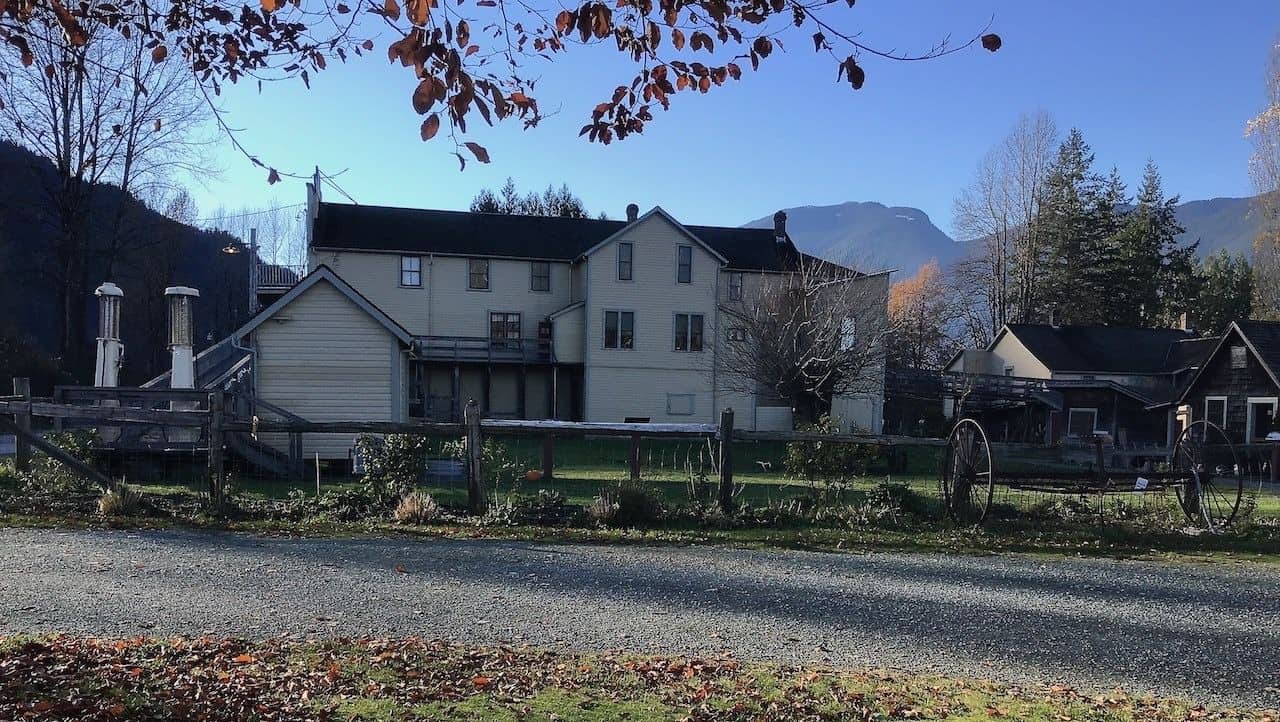
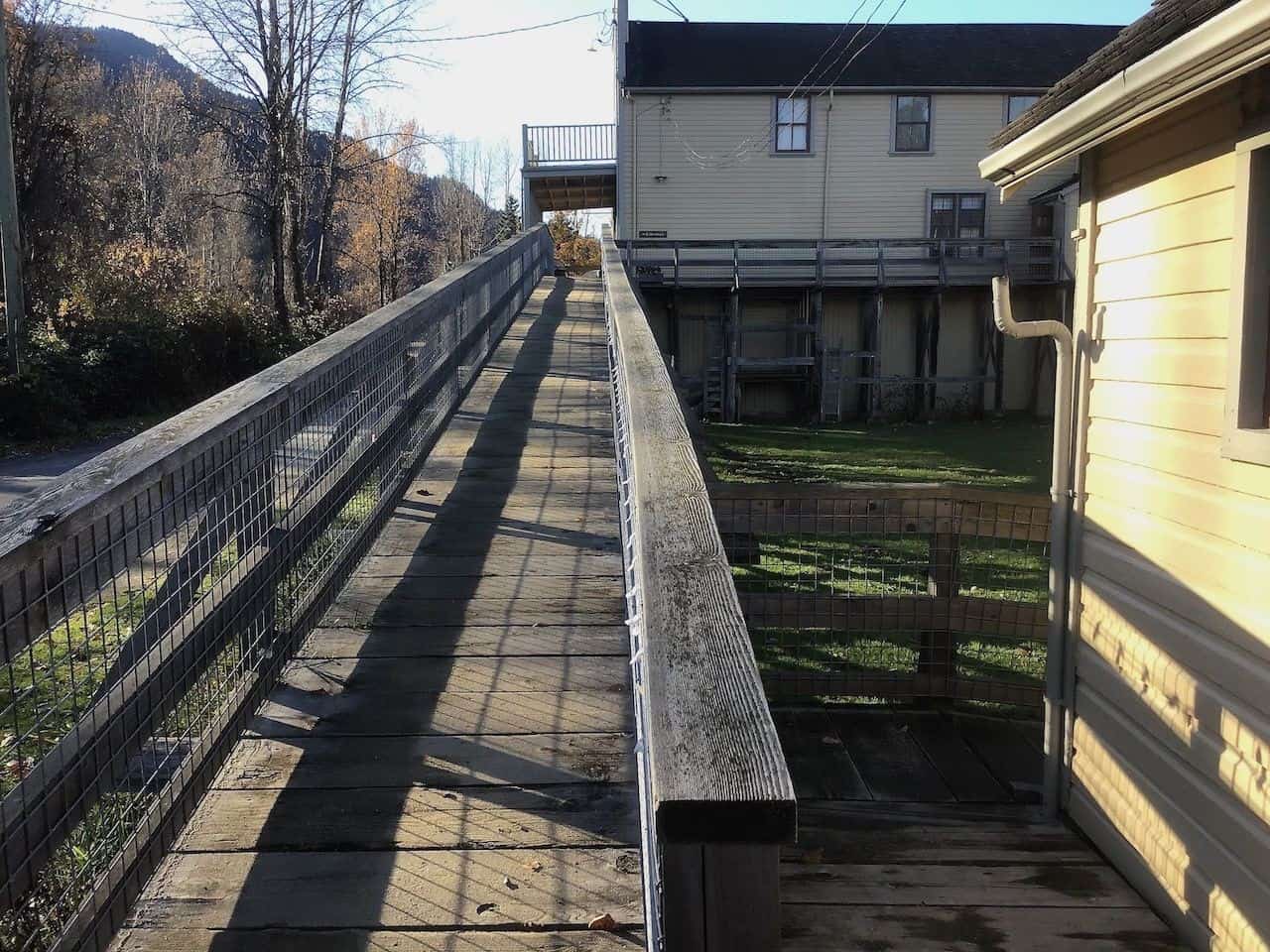

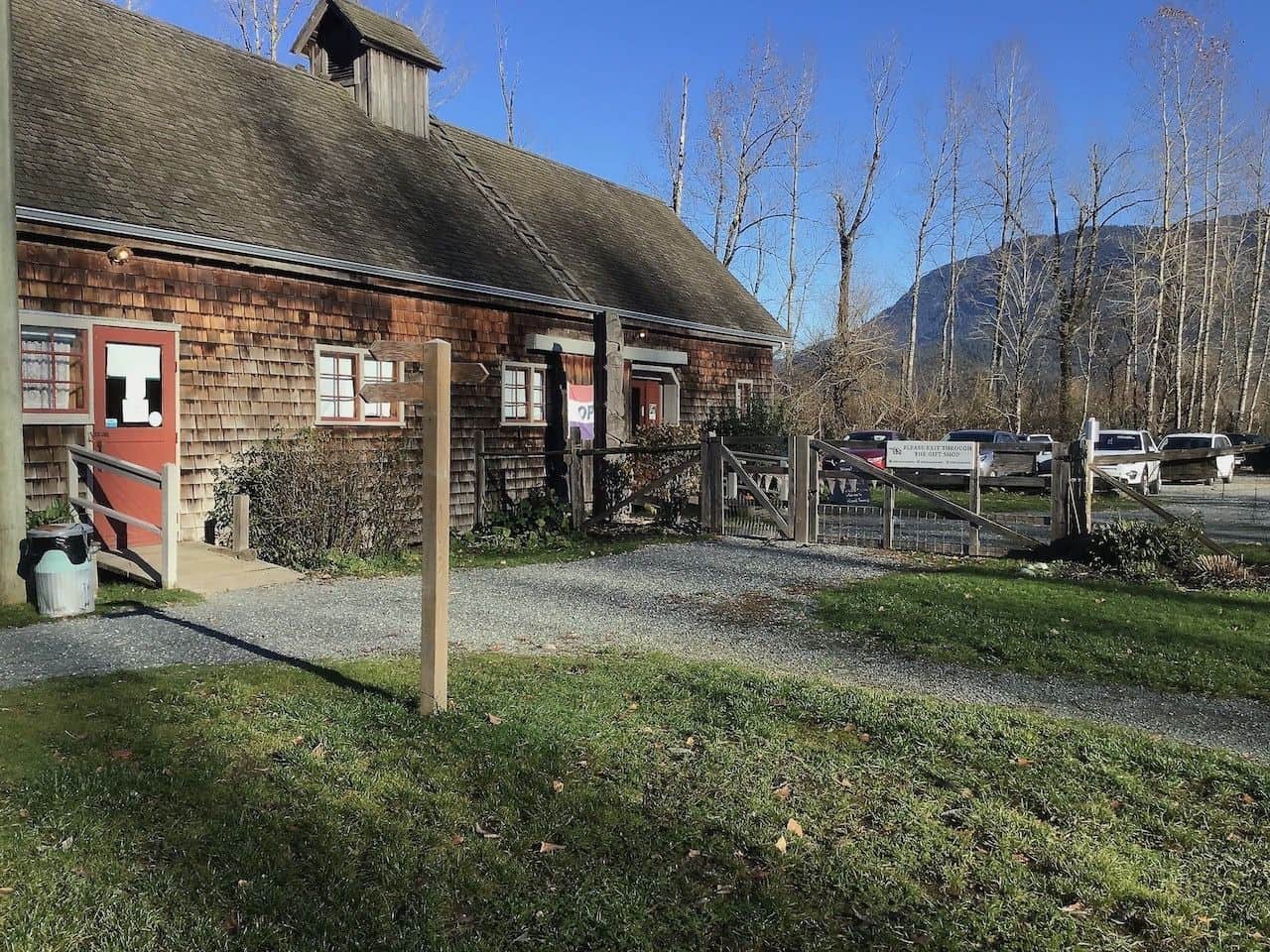
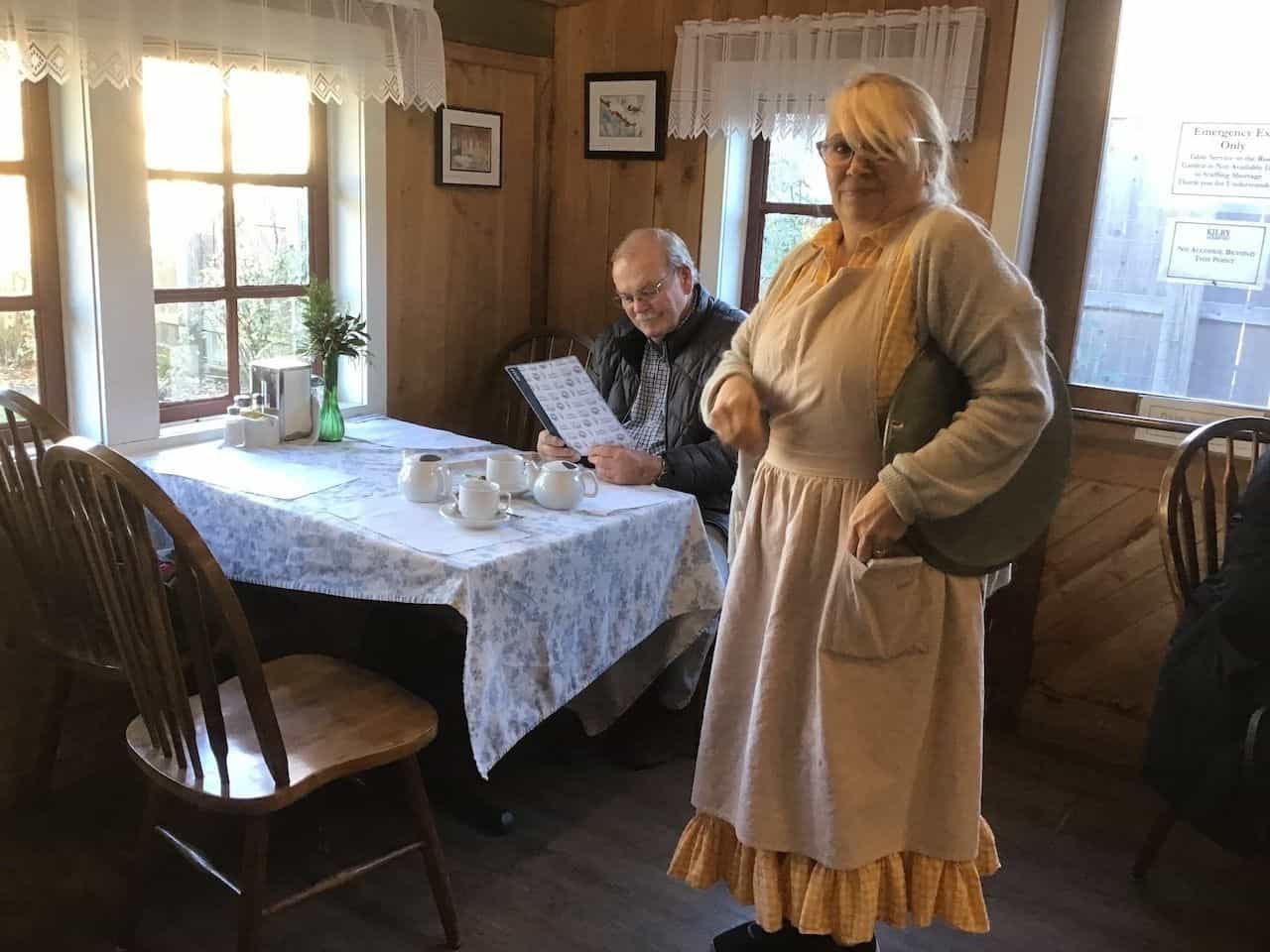
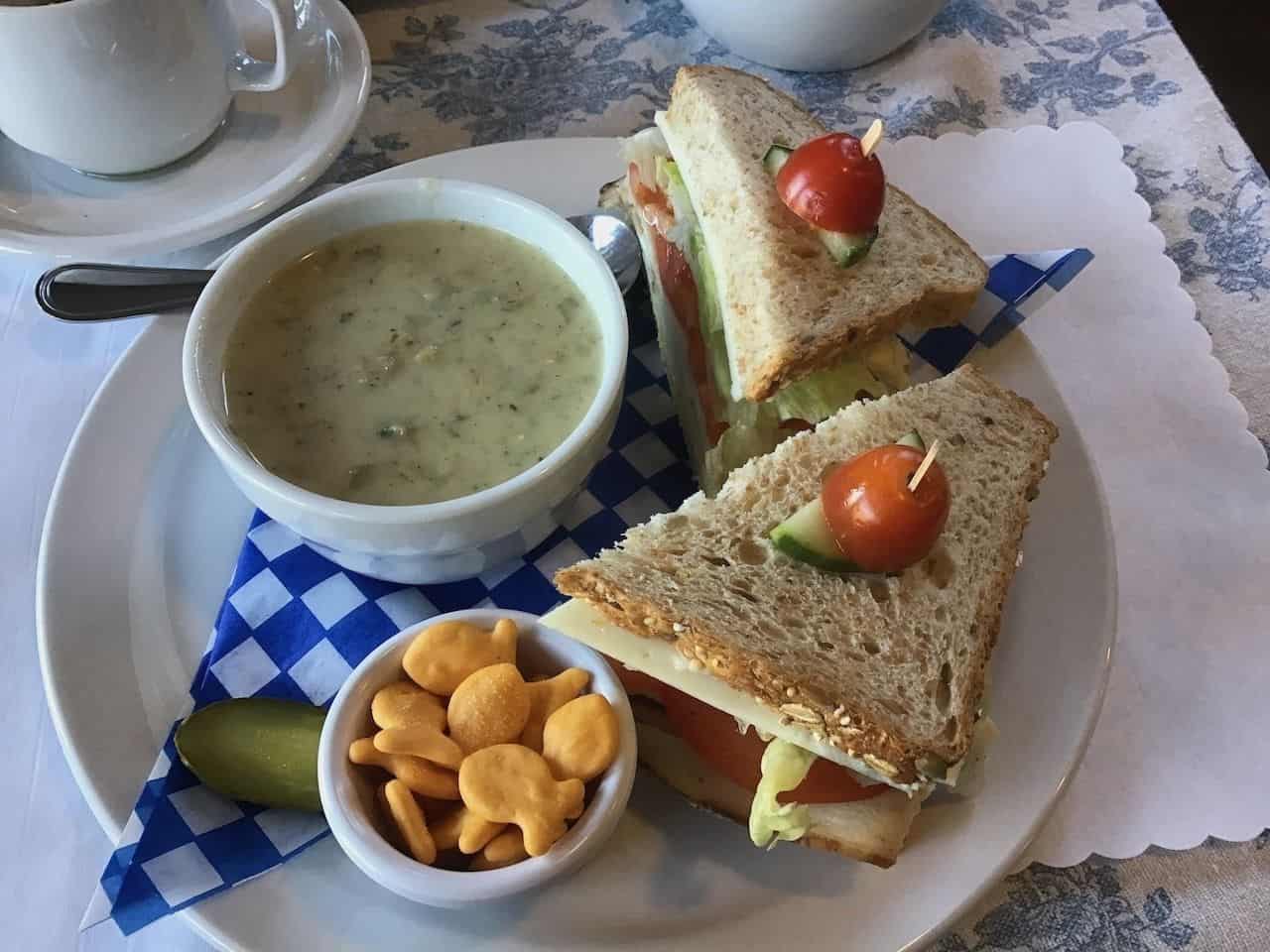
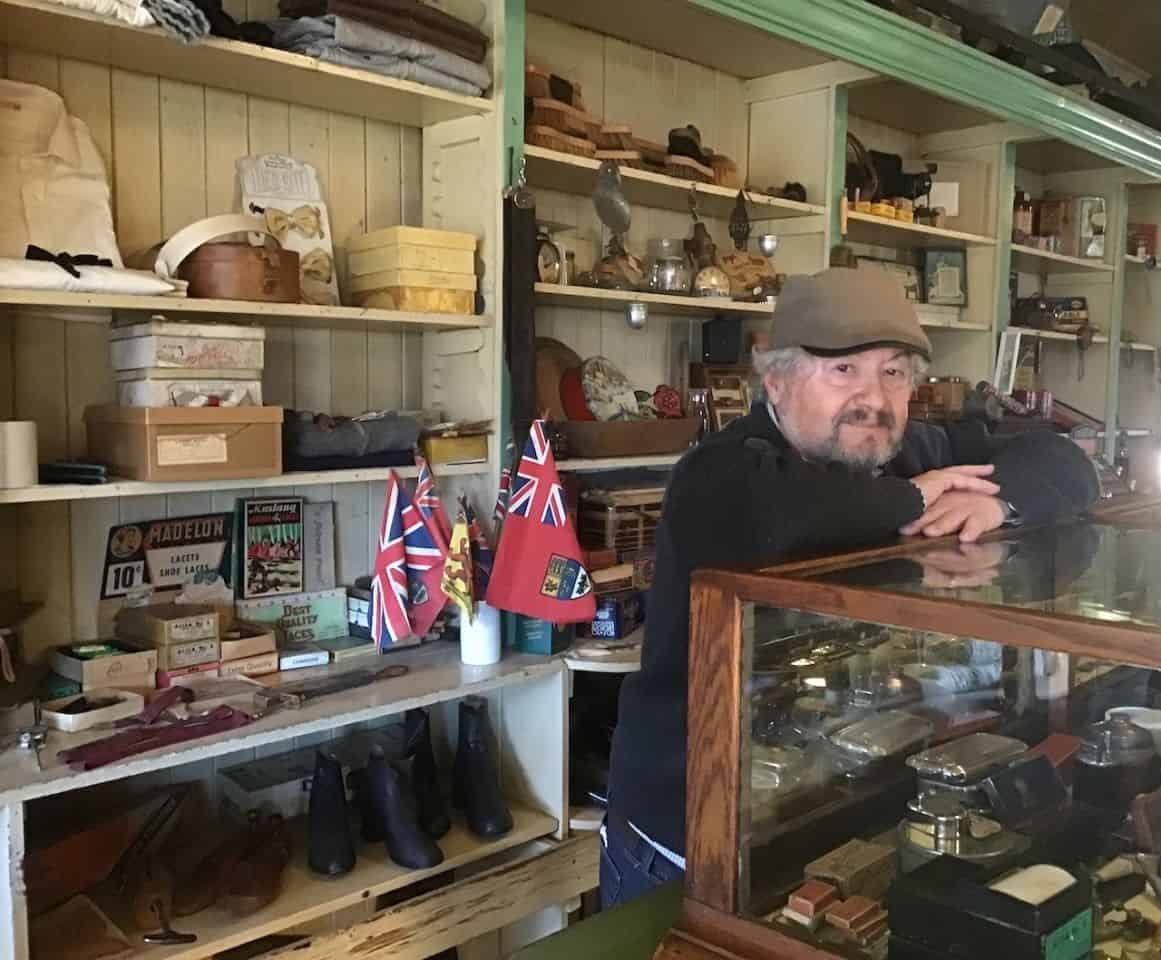

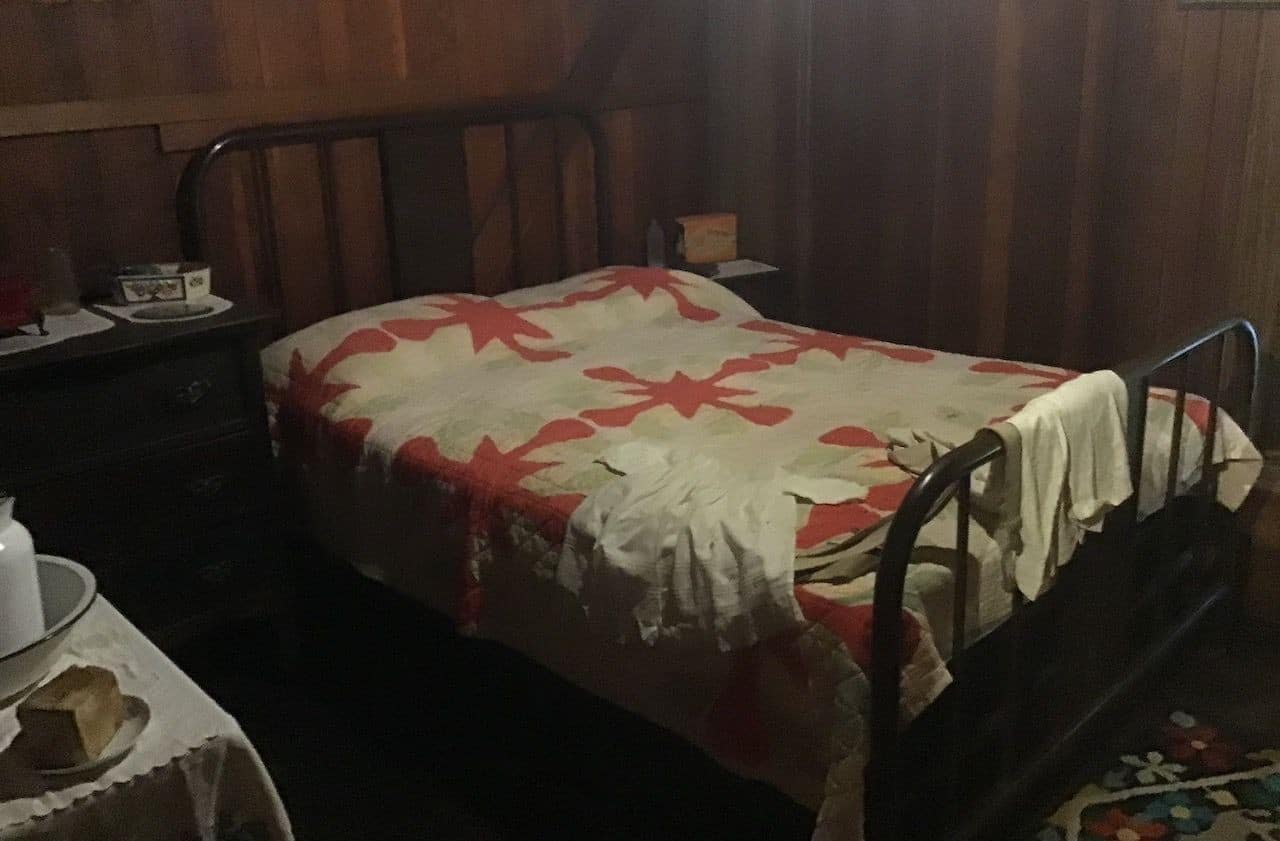
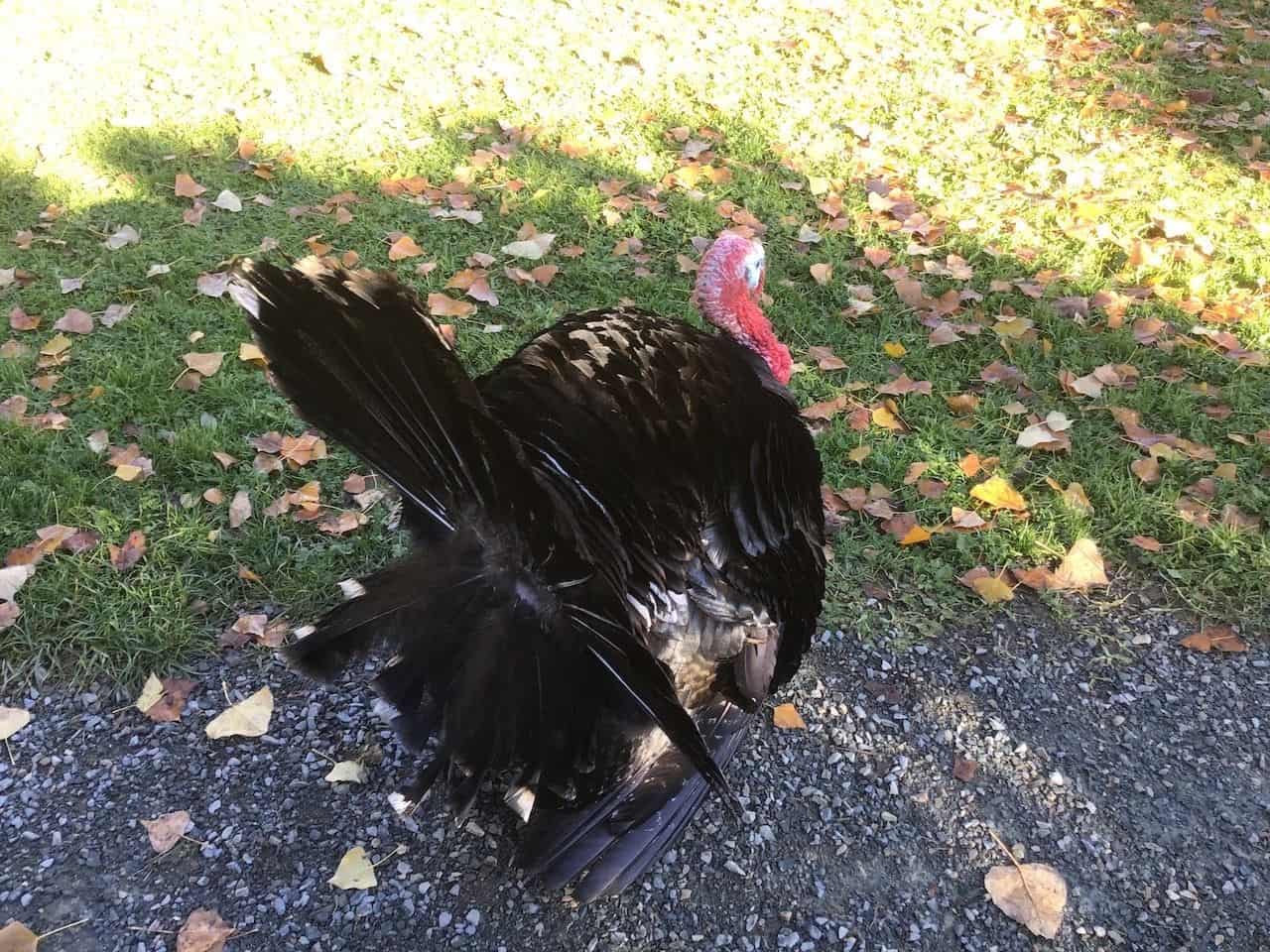



Comments 10
Great history lesson! Thanks for sharing. I would love to camp at Kilby Provincial Park along the Fraser. A bucket list destination of mine. Now I know what else to do when I get out there!
Thanks Andrea! We will definitely be going back!
Congrats on your first adventure story CarolAnn Quibell . Very proud of you. And it was a great read!
Thanks so much for your support!
Great post CarolAnn! The Kilby Historic Site sounds like a very interesting place. It would be a great place to visit while camping at Kilby Park and Campround.
Most definitely!
What a history! This sounds like a really neat spot to visit. Thanks for sharing!
Great story!
This sounds like a great place to visit and spend some time! Very informative story CarolAnn!!
Wonderful post CarolAnn - living history, right in our backyard in BC. We talked a lot about the area with our commentary on the train and a visit would bring a new perspective. Thanks for sharing the link.